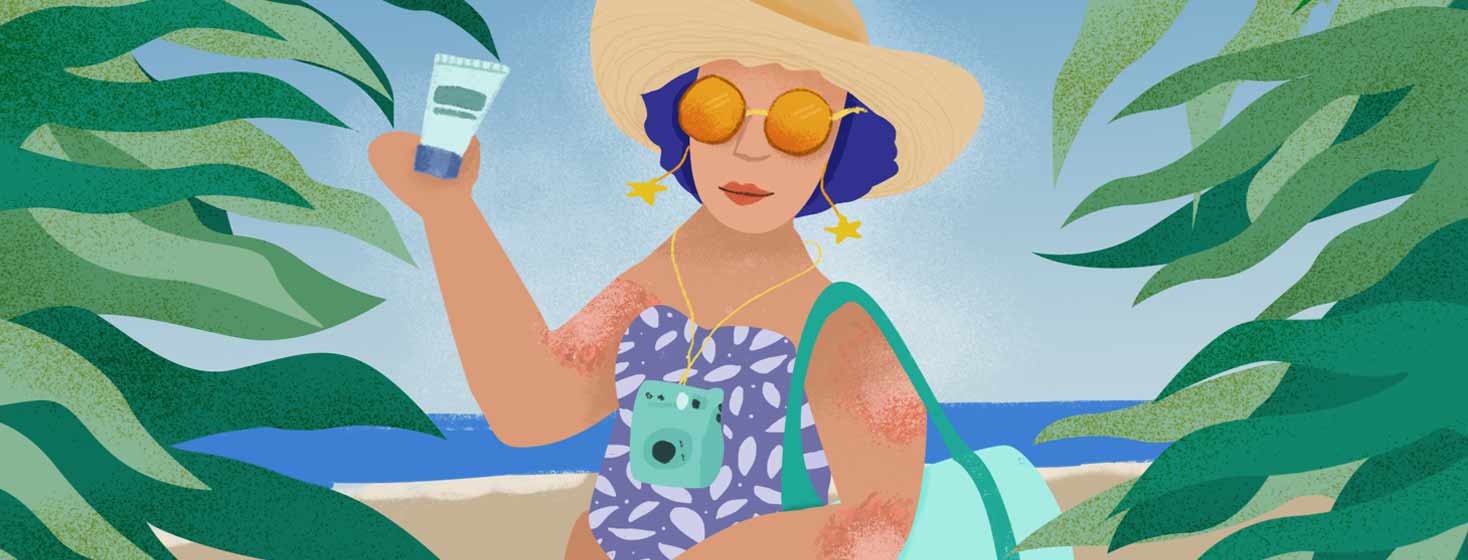Living with Psoriasis in an Asian Tropical Country
I live in the Philippines, a tropical country in Southeast Asia. Our country experiences a warmer temperature annually as compared to the rest of the world; in fact, the average temperature all throughout the year is 26.6 °C (79.9 °F).
This article aims to give you a sneak peek at what it's like living with psoriasis in the Philippines.
Psoriasis in the Philippines
For some people, hot weather and sunshine seem to keep their psoriasis under control. However, I have noticed that the hot weather mainly triggers my flaky skin. Because of this, I would always stay in an air-conditioned room since my skin would get all itchy and irritated when I became sweaty and overheated.
Direct contact in the sunlight would also hurt my eyes because I was eventually diagnosed with uveitis, a common eye condition in those diagnosed with psoriasis.
What do treatment options look like in Asia?
In the Philippines, most Filipinos, especially the poor, do not have access to a competent and efficient healthcare system. Being diagnosed with psoriasis in our country entails many struggles since treatment and seeking medical attention are not usually affordable.
Some of the most common treatments available are, of course, topical ointments and creams, oral treatments, and phototherapy. For those with severe psoriasis and psoriatic arthritis who can afford it, biologics and systemic options are also some of the available treatment options.
Stigma exists across the ocean, trust me.
According to an Annual Report published by Global Psoriasis Atlas in 2018, the prevalence of psoriasis in the Philippines is estimated at 1.5-2.0% of 106 million Filipinos, which is about one to two million psoriasis sufferers.1
Despite its growing number, Filipinos diagnosed with psoriasis still have to live with harsh comments. In an online survey conducted by PsorPhil in 2017, 40% of the 645 respondents suffered from moderate to severe psoriasis. 27% of them reported having experienced being bullied, while 50% are stared at in public.2
Getting that ample Vitamin D
One of the benefits of living in a tropical country is that being exposed to sunlight generally improves psoriasis. However, exposure should only be limited to about 5 to 15 minutes a day. Should you want to stay longer in the sun, do not forget to put on sunscreen to avoid any irritation.
Accessible beach locations
Asia, especially the Philippines, is known for its beach locations. Psoriasis sufferers take advantage of this, as some even decide to live by the beach to tame their psoriasis.
Although a few might have to swallow their fear of being subjected to embarrassing comments because of their appearance, taking a swim in the sea is reported to help clear out flakes and dryness.
What the future looks like for Filipinos with psoriasis
Living in a tropical country in Asia has its challenges. However, it also has its advantages. Fortunately, at present, there is a pending bill in the Senate that seeks to protect and advance the protection and wellness of psoriasis sufferers in the Philippines.
With this, it is with genuine hope that we not only move forward by making affordable treatment accessible to everyone but that we will be able to create a country and even a world that is accepting and non-judgmental to those who are suffering from chronic illnesses and skin conditions.

Join the conversation